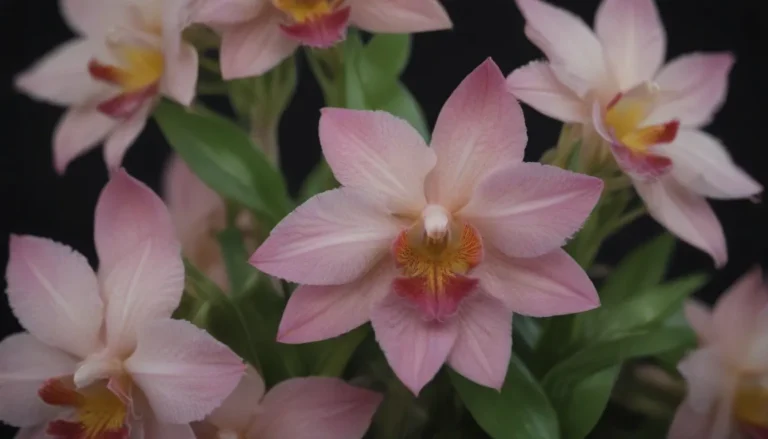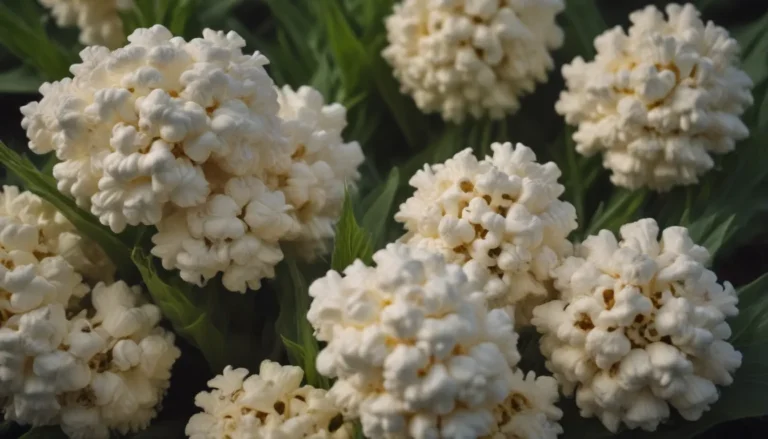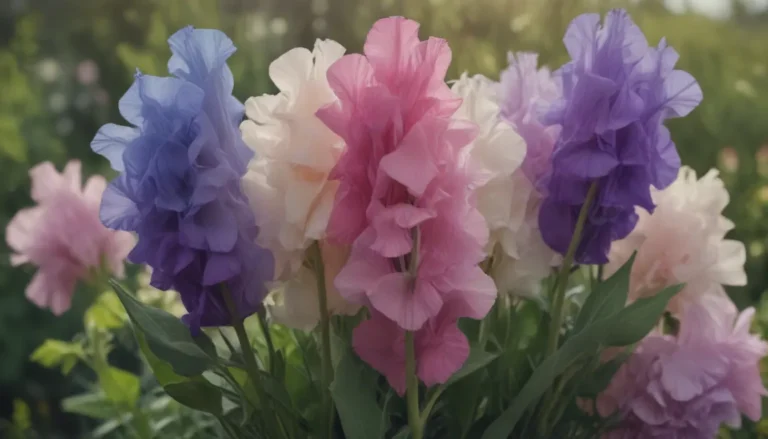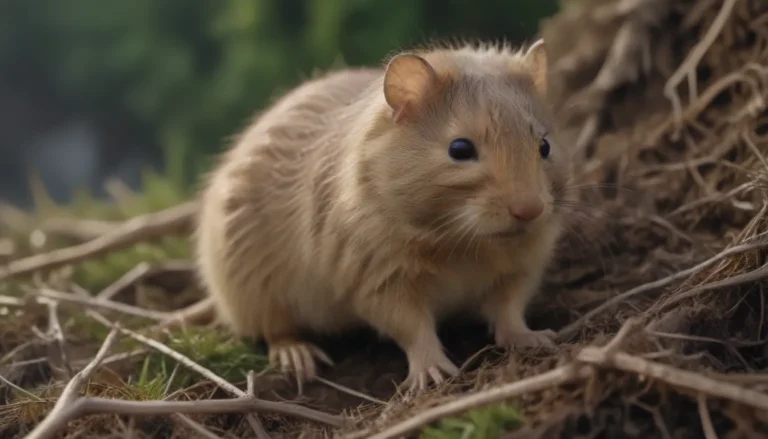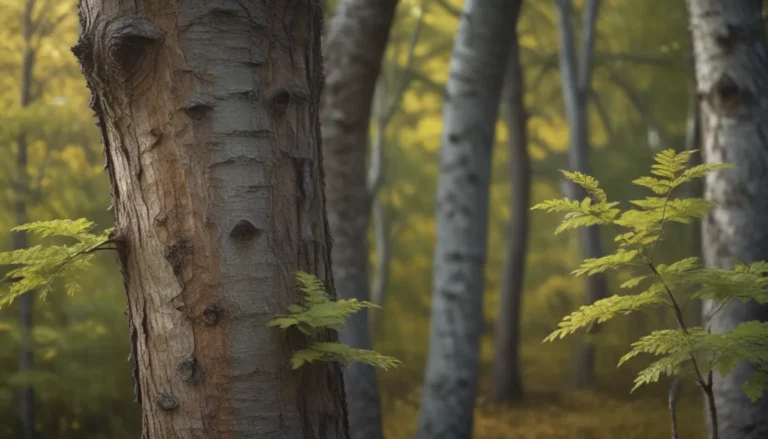Maximizing Your Clay Soil Garden: The Top 25 Plants to Thrive in Challenging Conditions

Are you facing the daunting challenge of trying to grow plants in clay soil? Don’t worry, you’re not alone! Clay soil can be tough to work with due to its dense and compact nature, but with the right plants and some strategic care, you can transform your clay soil garden into a thriving oasis of greenery.
In this in-depth guide, we’ll explore the top 25 plants that flourish in clay soil, providing you with valuable insights on how to choose the right plants and care for them to ensure a successful garden. Whether you’re a seasoned gardener looking to expand your knowledge or a beginner eager to learn the ropes, this article has something for everyone.
Understanding Clay Soil: The Challenges and Opportunities
Clay soil is characterized by its wet and dense texture, which can pose challenges for plant growth. However, this type of soil also has its advantages, such as retaining moisture and nutrients more effectively than sandy soil. By choosing the right plants and implementing proper care techniques, you can harness the unique properties of clay soil to create a lush and vibrant garden.
When selecting plants for your clay soil garden, consider factors such as sun exposure, USDA hardiness zones, and the plant’s tolerance for moisture levels. While all plants listed here thrive in clay soil, it’s essential to ensure they receive adequate sunlight and water to support healthy growth.
The Top 25 Plants for Clay Soil Gardens
- Big Bluestem (Andropogon gerardii)
- USDA Growing Zones:
- Color Varieties:
- Sun Exposure:
-
Soil Needs:
-
Black-Eyed Susan (Rudbeckia hirta)
- USDA Growing Zones:
- Color Varieties:
- Sun Exposure:
-
Soil Needs:
-
Blazing Star (Liatris spicata)
- USDA Growing Zones:
- Color Varieties:
- Sun Exposure:
-
Soil Needs:
-
Butterfly Weed (Asclepias tuberosa)
- USDA Growing Zones:
- Color Varieties:
- Sun Exposure:
-
Soil Needs:
-
Canadian Wild Rye (Elymus canadensis)
- USDA Growing Zones:
- Color Varieties:
- Sun Exposure:
-
Soil Needs:
-
Compass Plant (Silphium laciniatum)
- USDA Growing Zones:
- Color Varieties:
- Sun Exposure:
-
Soil Needs:
-
Cup Plant (Silphium perfoliatum)
- USDA Growing Zones:
- Color Varieties:
- Sun Exposure:
-
Soil Needs:
-
Daylily (Hemerocallis)
- USDA Growing Zones:
- Color Varieties:
- Sun Exposure:
-
Soil Needs:
-
Drooping Coneflower (Ratibida pinnata)
- USDA Growing Zones:
- Color Varieties:
- Sun Exposure:
-
Soil Needs:
-
Goldenrod (Solidago canadensis)
- USDA Growing Zones:
- Color Varieties:
- Sun Exposure:
- Soil Needs:
-
Indian Grass (Sorghastrum nutans)
- USDA Growing Zones:
- Color Varieties:
- Sun Exposure:
- Soil Needs:
-
New York Ironweed (Vernonia noveboracensis)
- USDA Growing Zones:
- Color Varieties:
- Sun Exposure:
- Soil Needs:
-
Prairie Blazing Star (Liatris pycnostachya)
- USDA Growing Zones:
- Color Varieties:
- Sun Exposure:
- Soil Needs:
-
Sea Holly (Eryngium yuccifolium)
- USDA Growing Zones:
- Color Varieties:
- Sun Exposure:
- Soil Needs:
-
Autumn Joy Sedum (Hylotelphium ‘Autumn Joy’)
- USDA Growing Zones:
- Color Varieties:
- Sun Exposure:
- Soil Needs:
-
Perennial Sunflower (Helianthus)
- USDA Growing Zones:
- Color Varieties:
- Sun Exposure:
- Soil Needs:
-
Arkansas Blue Star (Amsonia hubrichtii)
- USDA Growing Zones:
- Color Varieties:
- Sun Exposure:
- Soil Needs:
-
Aster (Aster sp.)
- USDA Growing Zones:
- Color Varieties:
- Sun Exposure:
- Soil Needs:
-
Coneflower (Echinacea purpurea)
- USDA Growing Zones:
- Color Varieties:
- Sun Exposure:
- Soil Needs:
-
Eulalia Grass (Miscanthus sinensis)
- USDA Growing Zones:
- Color Varieties:
- Sun Exposure:
- Soil Needs:
-
Fountain Grass (Pennisetum alopecuroides)
- USDA Growing Zones:
- Color Varieties:
- Sun Exposure:
- Soil Needs:
-
Sweet Flag (Acorus gramineus)
- USDA Growing Zones:
- Color Varieties:
- Sun Exposure:
- Soil Needs:
-
Switch Grass (Panicum virgatum)
- USDA Growing Zones:
- Color Varieties:
- Sun Exposure:
- Soil Needs:
-
Tickseed (Coreopsis)
- USDA Growing Zones:
- Color Varieties:
- Sun Exposure:
- Soil Needs:
-
Wild Bee Balm (Monarda fistulosa)
- USDA Growing Zones:
- Color Varieties:
- Sun Exposure:
- Soil Needs:
Choosing the Right Plants for Your Clay Soil Garden
When selecting plants for your clay soil garden, consider the following factors to ensure optimal growth and success:
- Sun Exposure: Determine the sunlight requirements of each plant and ensure they receive adequate light for healthy growth.
- Soil Needs: Consider the moisture levels and drainage requirements of each plant to prevent waterlogging and root rot.
- USDA Growing Zones: Check the USDA hardiness zones of your region to select plants that are suitable for your climate.
By carefully selecting plants that thrive in clay soil and providing them with the proper care and conditions, you can create a beautiful and sustainable garden that will flourish for years to come.
Tips for Caring for Plants in Clay Soil
To maintain healthy and vibrant plants in clay soil, consider the following tips:
- Amend the Soil: Incorporate organic matter such as compost or mulch to improve soil structure and drainage.
- Mulch Regularly: Mulching helps retain moisture, regulate soil temperature, and prevent weed growth.
- Water Wisely: Monitor soil moisture levels and water plants deeply but infrequently to promote strong root growth.
- Prune and Trim: Regular pruning and trimming help maintain plant health and shape, ensuring optimal growth and flowering.
By following these simple tips and guidelines, you can nurture your plants in clay soil and create a thriving garden that will be the envy of your neighborhood.
Conclusion
Transforming your clay soil garden into a lush and vibrant oasis is possible with the right plants and care techniques. By selecting plants that thrive in clay soil, providing them with the proper conditions, and implementing effective care strategies, you can create a beautiful and sustainable garden that will bring joy and beauty for years to come.
Whether you’re a seasoned gardener or a beginner, this comprehensive guide has provided you with valuable insights and tips to help you maximize your clay soil garden. With a little effort and dedication, you can create a garden that will be the envy of all who see it.
So, roll up your sleeves, grab your gardening gloves, and get ready to transform your clay soil garden into a paradise of greenery and blooms. Happy gardening!
